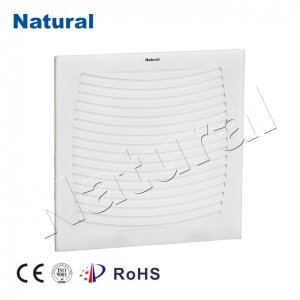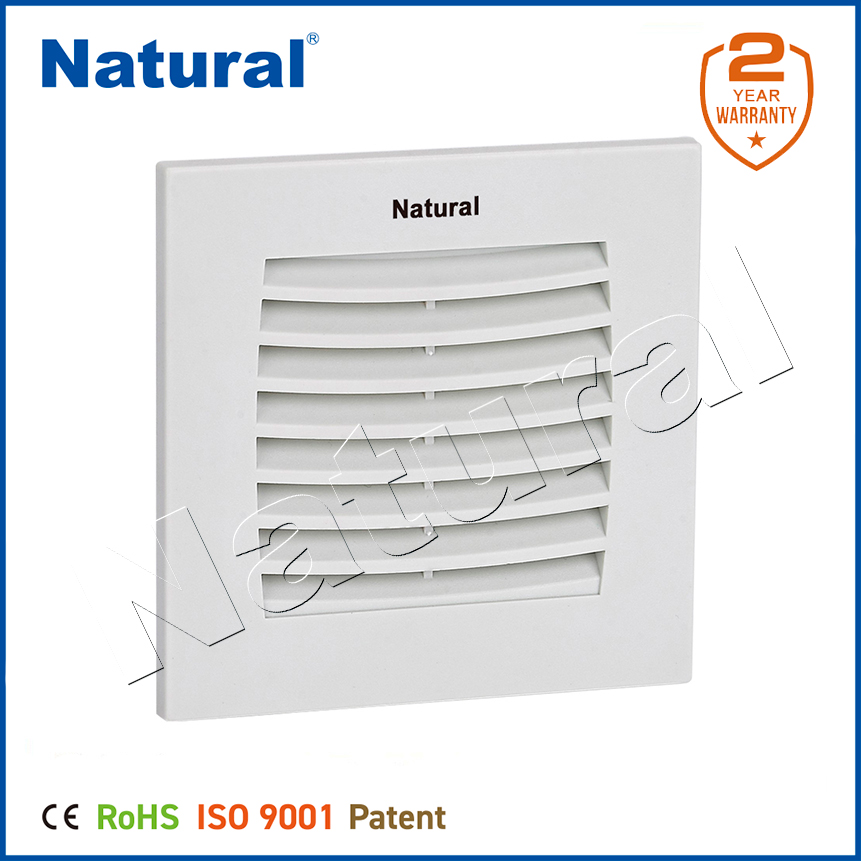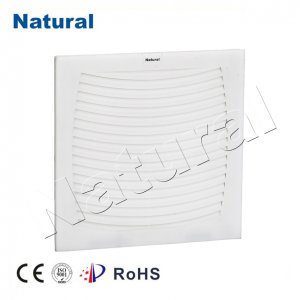In modern industrial applications, maintaining the internal environment of electronic enclosures is critical for ensuring the proper functioning and longevity of electronic equipment. One of the most effective solutions for achieving this is the use of enclosure fan filters. These filters play a significant role in preventing the entry of dust, debris, and contaminants into enclosures, helping to regulate temperature and air quality. This article explores the importance of enclosure fan filters, their functions, and how they contribute to the performance of electronic systems.

What is an Enclosure Fan Filter?

An enclosure fan filter is a specialized component that attaches to the ventilation fan of an electronic enclosure. It serves as a protective barrier, preventing airborne contaminants from entering the enclosure while allowing airflow to cool the equipment inside. Typically, these filters are designed to be easy to replace, providing a convenient solution for maintaining clean and efficient ventilation. Enclosure fan filters come in various designs, including mechanical, electrostatic, and activated carbon types. The filter material is usually made from high-quality fabric or foam, and the filtration capabilities vary depending on the type of filter used. Some filters are designed to capture only large particles, while others are more advanced and can filter out micro-sized dust particles.
